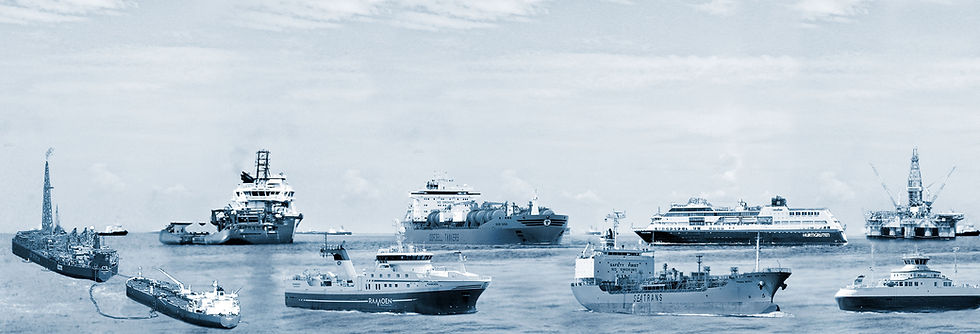Are you ready for IMO2020?
- mas451
- Nov 5, 2020
- 1 min read

The new IMO2020 sulphur content regulations will result in most ships running on fuel blends. These blends will have different viscosity levels, making optimal fuel combustion difficult. Adding continuous viscosity control ensures the optimal atomisation of fuel droplets and increases engine efficiency with approx. 2% compared to sub-optimal fuel combustion. MAS Fluid Control delivers world leading systems for optimization of fuel combustion and ship efficiency.
Mixing standard heavy fuel with low sulphur fuel to achieve the regulated reduction from 3.5% to 0.5% sulphur content is the most prevalent solution and most ships will need to run on these fuel blends. There is no standard for blends, and differences will occur. The fuel blends will have different physical and chemical properties. More specifically, every different blend will have different density and viscosity.

Viscosity control for IMO2020 blends
ViscoSense-3D for in-line measuring of fuel viscosity, density and temperature
Engines have a specific viscosity value for optimal fuel droplet atomisation that provides the best fuel combustion. Inefficient fuel combustion leads to reduced engine efficiency and increased exhaust emissions, resulting in more deposits and higher maintenance costs.
The best way to ensure optimal combustion is by continuous viscosity measuring in combination with temperature control. This is especially important for fuel blends with varying viscosity. The preferred solution for in-line viscosity measurement is the rotational vibration electric meters. These are highly accurate and have a proven reliability in harsh ship environments.
![endif]--


















Comments